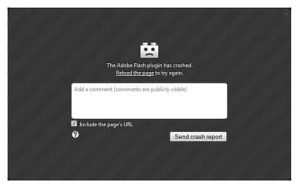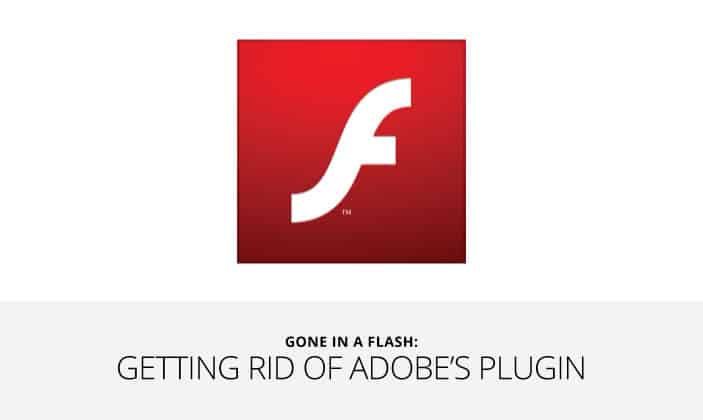Still Haven’t Gotten Rid of Adobe’s Plugin? Here’s Why You Should
The most common browser plugin is also one of the easiest ways for hackers to access your information. Programmers accessed 400 GB of an Italian company’s information — and ironically, the company’s name is Hacking Team.
Login information wasn’t the only thing the hackers found: “e-mails, source code, and other sensitive data,” were also part of the mix. Both Mozilla and Google have taken steps to limit the plugin on their browsers. Firefox just disabled the plugin entirely, and Chrome allows it to function only in small pieces. All of these factors mean three things for you and your company.
-
Having Flash on your browser compromises your security.
You’re putting your personal information at risk when you don’t disable Flash. There are plenty of reasons why Apple didn’t want Flash on its devices, and one of them is security. Imagine everything, and we mean everything, getting published to the world.
This could mean your social security number, your bank accounts, your work that you haven’t published yet, your passwords, and more. It’s free money for any hacker who decides to target your operating system, and anything private could become public.
-
If your website visitors are using a browser with Flash disabled or their phones, they will not see any of the Flash content there.
Now look at your company’s website. You have your own source code, possible employee forms, private databases… seems like a great idea to add a plugin that people can hack into easily, right? (Not). As well as those security issues, adding Flash is blocking everyone who has disabled Flash from seeing your content.
All those cool-looking animations and videos with special effects will just become error messages. At best you will have a few blank boxes on your site. In the worst-case scenario, your whole site might just be the skeleton of what it’s supposed to look like.
Even worse, your website visitors will get a pop-up that says that the site they’re on requires Flash, but Flash is blocked because it’s unsafe — which will make them think that your company is not safe.
-
Our solution: build with HTML5 instead.
Many of the features that Flash has can be replicated with HTML5. HTML5 is modern, built-to-fit for any browser, and isn’t a security issue. No one wants to download an additional plugin when they’re just browsing a site.
Think about it, don’t you hate being told that you can’t see what you want to unless you go out of your way and put something else on your computer? Designing with HTML5 just removes that extra step your potential client has to take to learn more about your company.
Rather than getting frustrated about not being able to see or interact with anything, they can peruse your site as they please. Over 75% of the Web has Flash content, and while you might consider that statistic a reason to keep it, it’s the opposite. That means over 75% of the Web is vulnerable, and you don’t want to fall into that category.
Hannah Alkadi is a digital marketing intern at Catapult Creative Media. She studies advertising and visual communications at LSU, and spends her free time informing others about micronations.
Work with Catapult Creative Media Inc. Catapult Creative Media Inc. is a digital marketing and design agency serving south Louisiana and headquartered in Baton Rouge. Founded in 2007, Catapult provides digital, social and mobile marketing solutions backed by relevant strategy and measurable results. Catapult works the web to their clients’ advantage, launching them to their next level of success.




